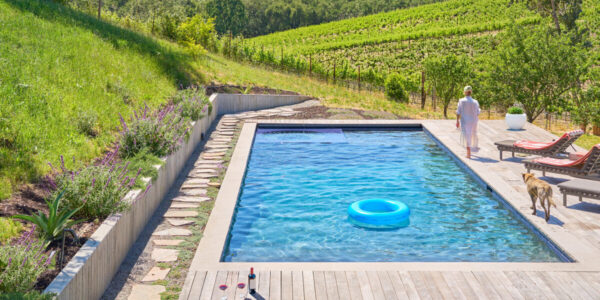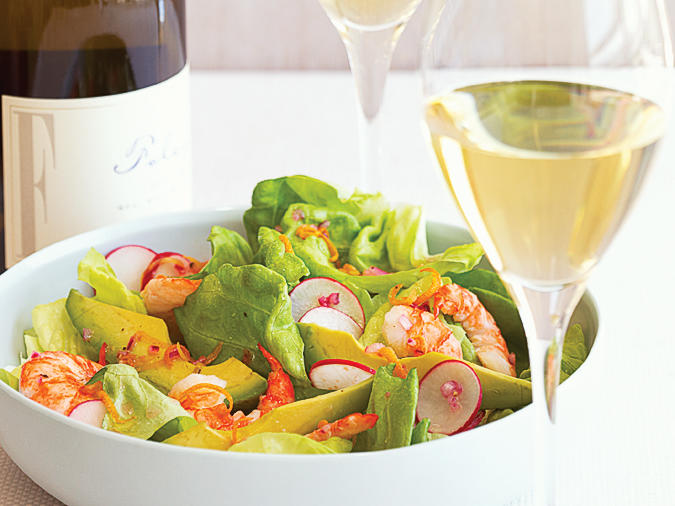
Stones and Fog
Terrain shapes the taste in Northern California’s Santa Cruz Mountains

Annabelle Breakey
I found out something the other day: I like Chardonnay. I hadn’t bought a bottle in years, not being fond of the prevailing, oaky California style and not being able to afford good white Burgundies (those lean Old World–model Chardonnays). But the first stop in a day of tasting through the moody mountains between Silicon Valley and the Santa Cruz coastline changed my mind.
What I was really rediscovering was the impact a place can have on a wine. In an age of 100,000-plus case productions, we forget this. While the Gallo wineries of the world do make some fabulous wines unique to subregions and single vineyards, they’re expensive. What we mostly drink are their blends from broader swaths―and thus generic.
The Santa Cruz Mountains practically force character into wine. On the often-foggy slopes, the grapes ripen slowly. Marine air cools the vines at night, keeping acids intact (a good thing). Flavors mature in the grapes before sugar levels spike too high, allowing lower alcohol levels in the end. These are lively wines. And they’re mightily interesting. Mountain soil is often thin and stony, and this is a good thing too: Vines that struggle in poor soil produce fewer, better grapes, with more concentrated flavor. You can taste the mountain minerals when the winemakers have the insight to get out of the way.
